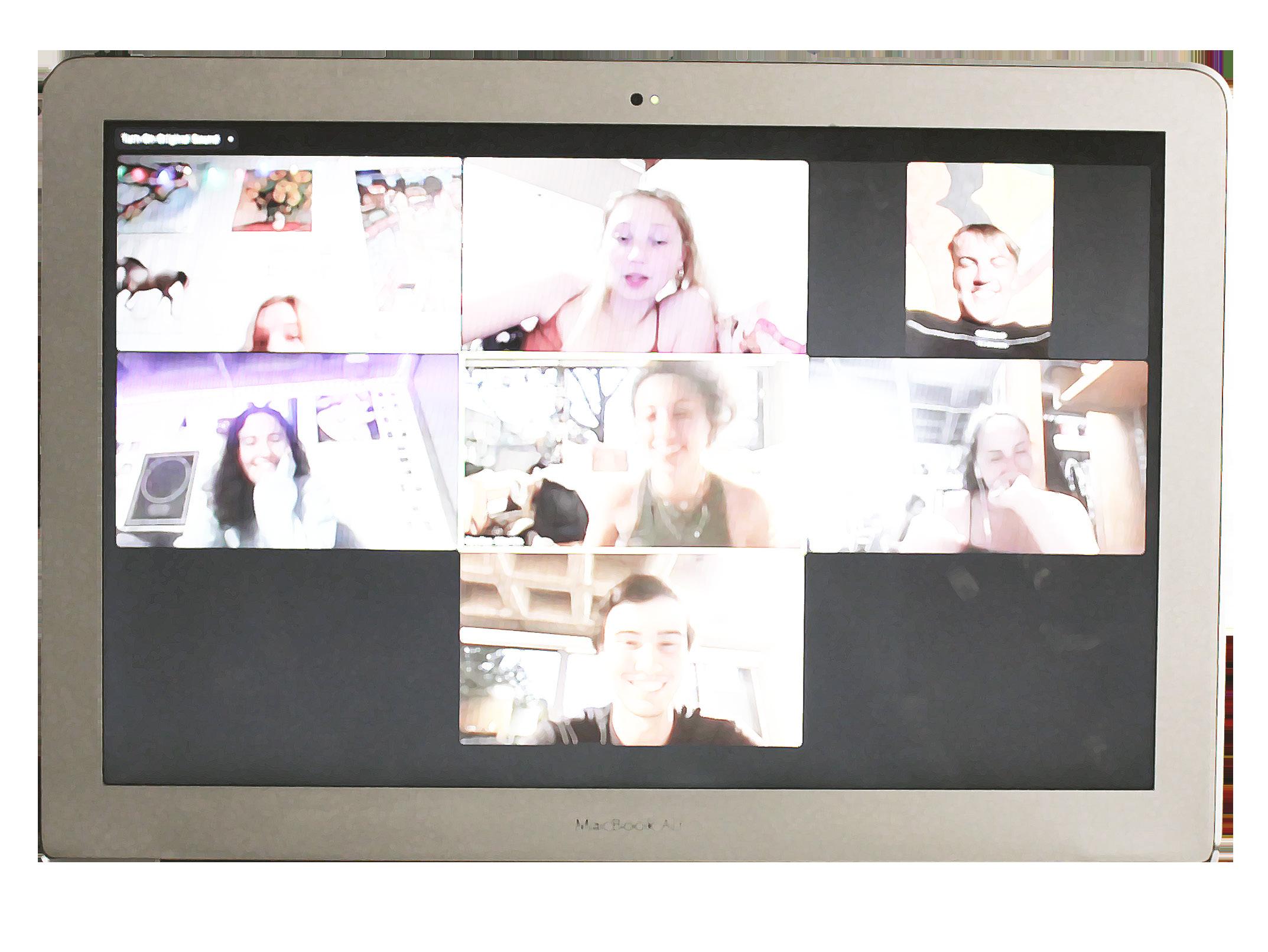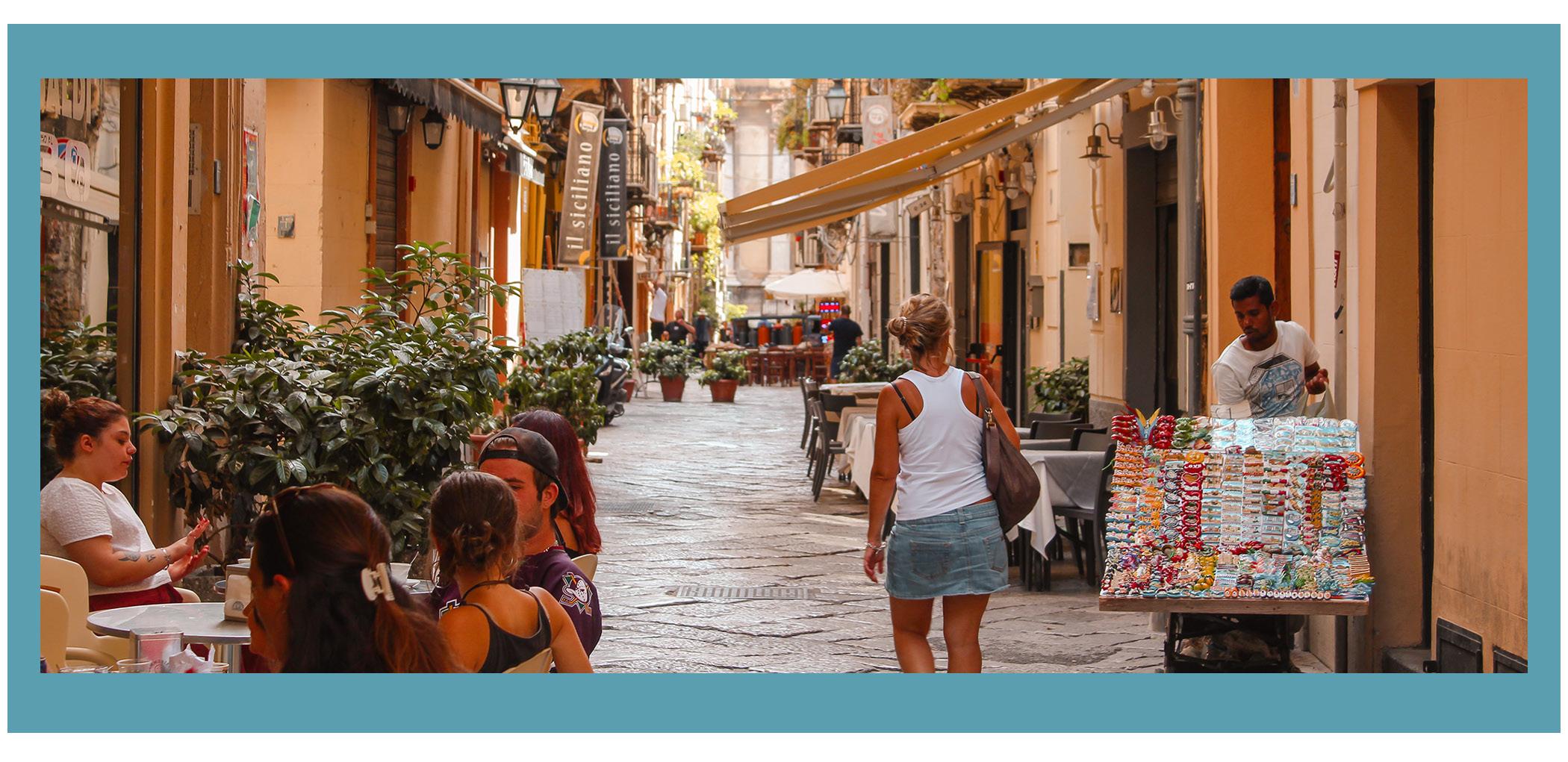
7 minute read
defining moments of
Defining moments of the “pandemic year” for The Continental e-board
Phil Marks For me, this year’s defining moment was that one Friday afternoon during the Fall semester when the administration fully loosened restrictions for a meager two hours. An email went out at 5 PM that students could go into other dorms, but by 7 PM we were locked out again. Four new cases appeared that day, and despite them clearly having no relation to the loosened restrictions, we still lost our newfound privileges. The irony of that day still stings and, in my opinion, encapsulates much of the spirit of disappointment that followed this school year.
Advertisement
Erin Bryant
A moment that defined the year for me was when my organization, Minds for Change, released our petition demanding action from the College’s administration to address the problem of poor and declining student mental health on campus. It received a slew of attention from faculty, the administration, and, of course, students, and garnered over 1,000 signatures in a single day! A lot of people told me about how their professors adapted their plans based on the petition, and it made me so happy to see my work making a difference in other people’s lives in such a tangible manner.
Elise Wilson
The most defining moment of the year was the reopening of the Howard Diner’s special menu! Throughout the fall semester, students like myself missed their fast-food fixes from there. With the launch of GrubHub app orders, Diner now serves lots of fried delights like the Deano sandwich (better than Chick-fil-A, by the way) and the Diner classics like fingers, mac-and-cheese, and burgers. Yum!
Jack Sullivan
Reflecting on the last semester, I’ll surely never forget that one week of sunshine and warm weather back in October; it truly came out of nowhere, and had many of us in high spirits. After weeks of cold rain and snow, the morale on campus was palpably low. That week of fun in the outdoors - glen walks, sports, even just eating and studying outside with friends - helped a lot of us push through the last weeks of classes that headed into finals.
Hopped off the plane in MIA with a dream and my sunglasses…. My most defining moment of this year was picking up and spontaneously moving from cloudy Pennsylvania to sunny Florida. The past year has been hard for many - loss, isolation, financial hardship, unpredictability, lack of socialization, etc - but following the natural corona-induced pitfalls, I hoped to bring some light into my life. My innate craving for saltwater and sunshine drove me to choose Miami, Florida as my next adventure. Here, I continued my school work, virtual internship, admissions job, and other daily normalities, while having a significant and suitable dose of happiness and new perspective. This “moment” was defining both in the change of location, but also mindset; a breath of fresh air was needed, and most definitely acquired.
Sammy Smock
The most defining moment of this year for me was taking a walk after finally being released from quarantine! Because I live out of state, I first had to quarantine for two weeks in a hotel room, then move into my dorm room and quarantine for two more days. I got my negative COVID test results back before my roommate did, which added extra time to my isolation since we both had to be cleared before leaving our room. When she finally got the go-ahead email, we immediately got dressed and went for a long walk around campus. It was pretty late on Sunday night, and classes started the next day, but it felt so good to be outside for the first time in weeks, and especially great to be back on campus with a new semester ahead of me!
Gabi de Mendonca Gomes

This year, my biggest decision as related to school was not going, a choice accompanied by a lot of consideration and thoughtfulness. I can’t imagine how different my life would’ve been if not for my gap year-- I would’ve never lived in Vail or found my love for snowboarding and the mountains. All in all, there have been innumerable ups and downs that followed my leave of absence, but by and large I’m pleased with how things have gone so far. I await what the rest of the year brings through our ever-changing world situation, and I’m excited to eventually get back on campus and live the college life again.
Nicolette van Kesteren
As a pasta fiend, I almost cried when they brought back the pasta bar at Commons during the Fall semester. It was a beautiful day in early October, and I couldn’t wait to taste something from Commons other than my usual choice of pizza and salad. Pesto, Marinara, Bolognese: everyday was a different sauce paired perfectly with a different pasta shape. Along with the plastic bowl of pasta, they handed out freshly baked breadsticks and butter. Sadly for my fellow pasta lovers, the pasta bar did not make it into the Spring semester, and I miss it dearly.
BIDEN’S COVID PLAN
Stella Karron

With each issue of the Continental during the progression of the pandemic, we have taken a look at how the U.S. government has handled the different problems that have come its way in these unprecedented times. Now, with the transition between two extremely different administrations, it would benefit us to evaluate some differences in their handling of an incredibly difficult situation and see how, if in any way, our position has changed.
As we already know, the Trump administration did not handle COVID-19 in a most effective manner. Indeed, the president engaged in actions that were counterproductive, like arguing against mask mandates and stating misinformation detrimental to the spirits and bodies of Americans. It is important to note that President Biden’s response would naturally differ from that of President Trump since they had different aspects of the virus to deal with at different points in the coronavirus timeline. The actions taken at the beginning of any disaster are clearly among the most important, as the precedent they set could be detrimental or beneficial. In Trump’s case, he was unresponsive as compared to other countries that were initially in similar positions. The governments of New Zealand and Australia demonstrated that a sweeping and strict response to the virus is one of the most effective methods to stop its transmission. By the same token, one of the greatest downfalls of the Trump administration was its inability or unwillingness to produce a federal response, leaving instead state governments to determine the extent to which they would remain in or out of lockdowns by, for example reducing or increasing business capacities and how strictly to enforce mask mandates. This decision not only created conflict between the states, but it also ended up creating divisions between state’s counties with differing policies, and eventually led to a reduction in the efficacy of said laws. In California, for example, different parts of the state had varying restrictions, which caused strife and confusion among residents and local politicians when it came to what and was not considered COVID-safe outdoor and indoor activities. All in all, leaving COVID-related policies up to individual states was the overarching mistake of the Trump administration, and it is unfortunately a problem with which we are still dealing a year into the pandemic.
Although President Biden has done a lot right, like finally bestowing trust and influence on scientists and medical experts instead of discrediting their rational and evidence-based advice, I believe that he is making a mistake by continuing to let states dictate their own policies. If we do not present a unified front to the virus, we will not make as much progress as we could otherwise. Leaving lofty decisions to individual states can seem like a shrewd decision, as local politicians do know community issues and are thus able to organize within their community in more efficient ways, but these legislators are also tied to pleasing their constituents. As a result, the former might mistakenly prioritize appeasing to the latter rather than forcing them to bear through stringent and potentially unpleasant approaches. This confusion has presented itself in many forms, such as the disparate distribution of vaccines - which varies by state and has led to disparities in its recipients - and the extent to which schools are open, both issues that can considerably improve or worsen the virus’ impact. I believe that there has been an overwhelmingly negative effect by keeping the decisions local.
Overall, I do think that Biden has taken many steps in the right direction and has in fact helped Americans to a better place than we have been previously, but he is failing the country by letting states be ripped apart by different policies, a repercussion that I feel could have been mediated by federal response from the beginning of his administration that has brought much other positive change.




